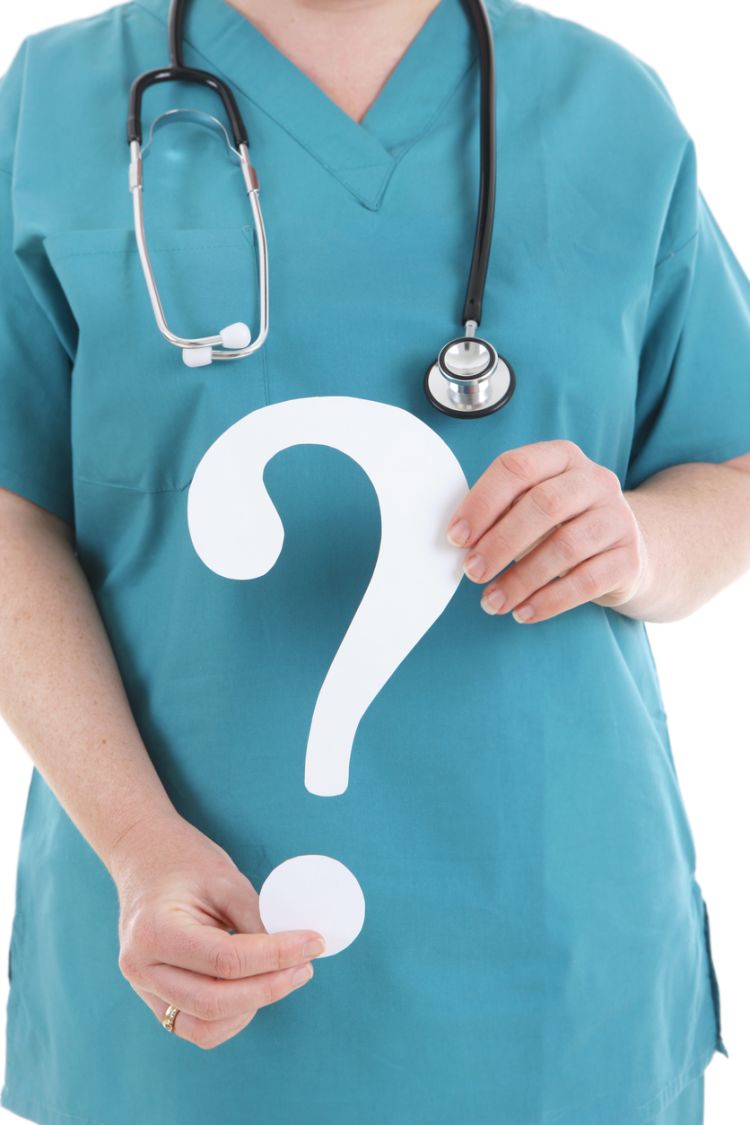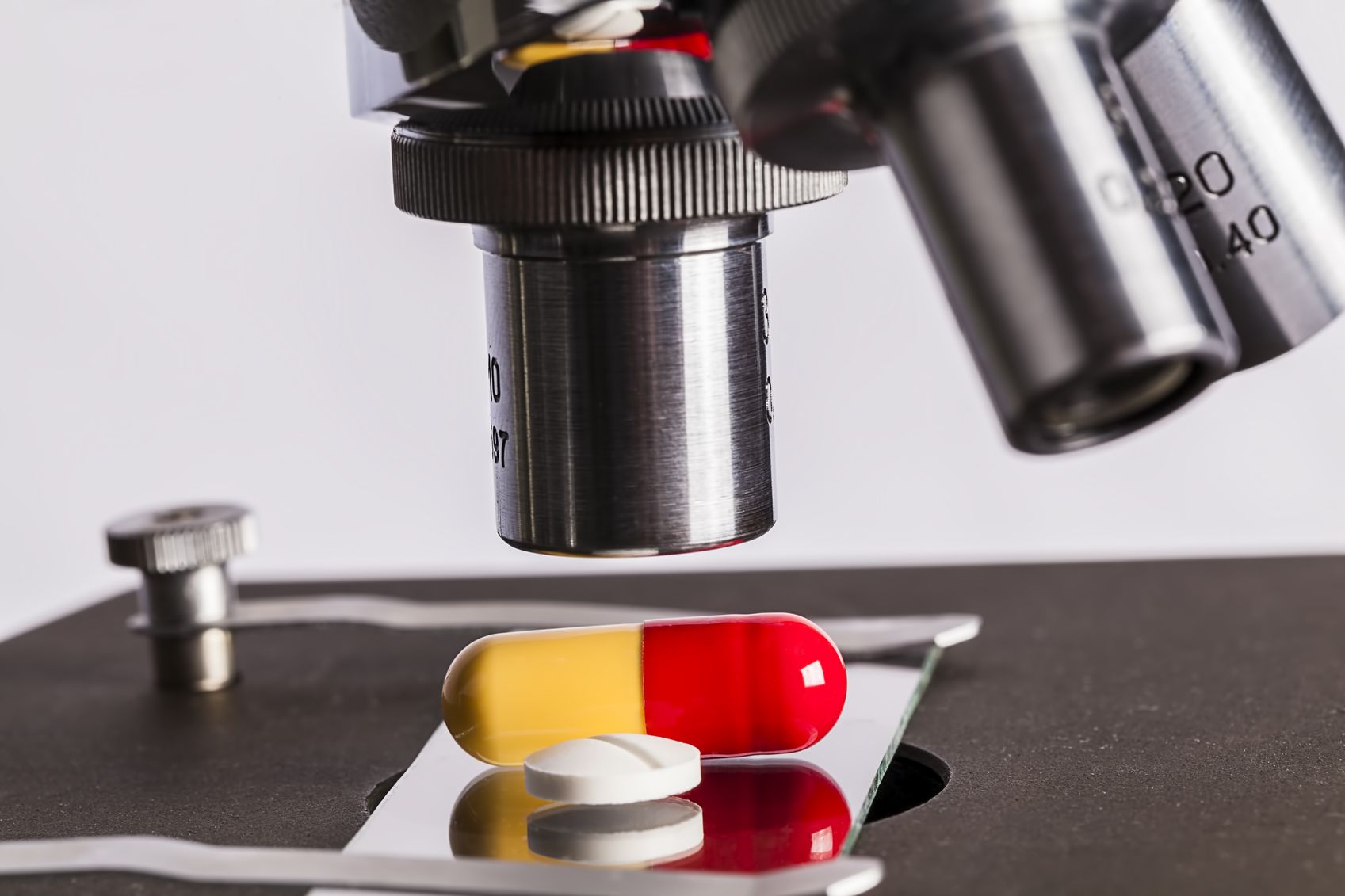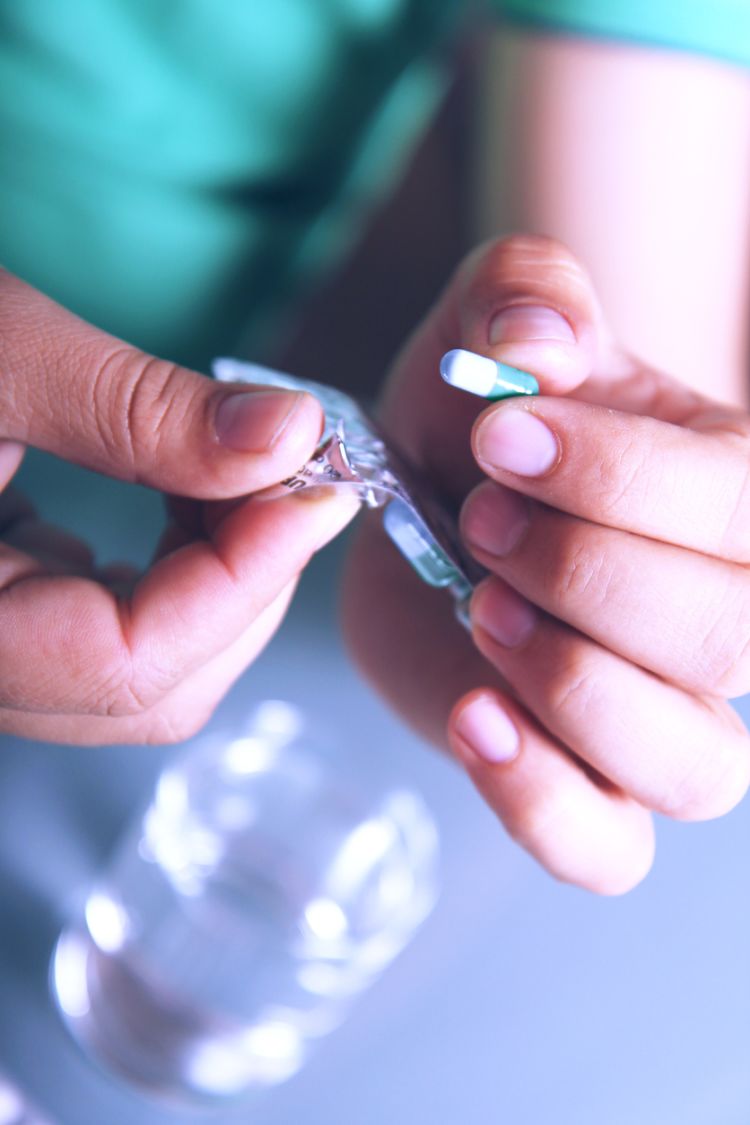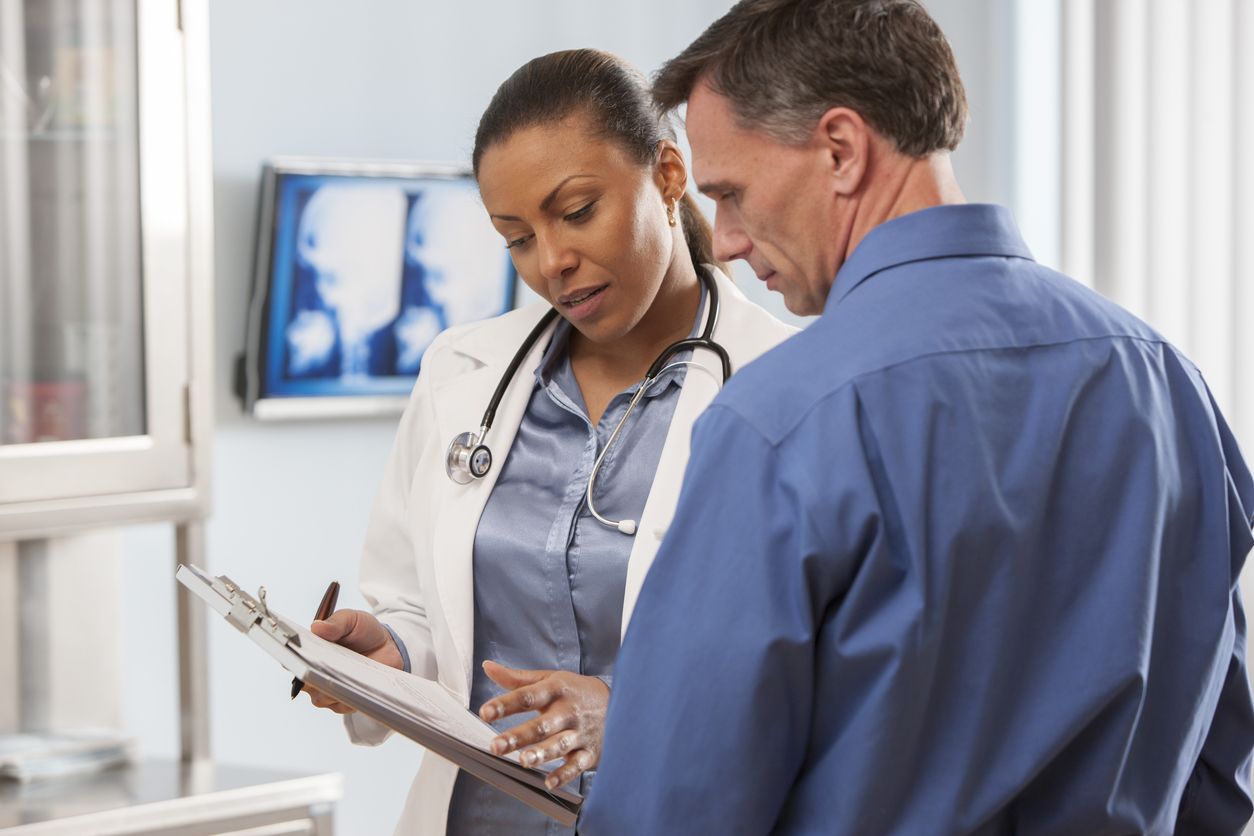Are statins the best choice for me?

Andy Hutchinson from the medicines and prescribing team at NICE takes us through the pros and cons of statins.
Are they the right choice for everyone or would some of us be better off choosing not to pop the pills?
What are statins?

Statins are medicines that help to reduce the level of cholesterol in your blood.
Cholesterol is a fatty substance made by the liver. It can also be found in some foods. There are a two main types of cholesterol, high-density lipoprotein (HDL) and low density lipoprotein (LDL). We need both to function.
However, if someone has too much LDL cholesterol circulating in their blood, it can build up in the blood vessels called arteries. This can lead to disease of the arteries, which increases their risk of developing cardiovascular diseases (CVD) like coronary heart disease, angina, heart attack and stroke.
Statins reduce LDL cholesterol levels, which means they can help to reduce a person’s chance of developing CVD. They have been around for decades with more than 67 million prescriptions dispensed in England 2015-16.
But it’s important to remember that having high levels of LDL-cholesterol is just one risk factor that increases your chance of getting CVD.
Other risk factors include having high blood pressure, being overweight or obese, not being active enough, drinking too much alcohol and, most of all, smoking. The more risk factors you have, the more likely it is that you will get CVD.
But not everyone will get CVD, even if they have high levels of LDL-cholesterol and exhibit all the risk factors. It’s impossible to say for certain what will happen to someone.

Who does NICE recommend statins for?


NICE says statins should be offered to people who have a 10% or greater risk of developing CVD in the next 10 years. We came to this conclusion because of the strong evidence showing that statins can reduce the risk of CVD.
If your risk is 10%, this means that, out of 100 people like you, over the next 10 years 10 people will get CVD and 90 will not. Another way of thinking about this is that if you had 100 possible futures, in 10 of them you’d get CVD in the next 10 years, and in 90 of them you would not.
But the key word is ‘offer’. We’re saying that most people at this level of risk or greater should think about whether or not to take a statin. They might decide that taking a statin is not right for them.
We recommend the QRISK2 calculator as a good way for healthcare professionals to assess people’s CVD risk. The calculator takes information about a person’s lifestyle choices (smoking and drinking) and considers it alongside their medical history, their age and sex to estimate how likely it is they will develop CVD.
Armed with this information, it is then down to the person and their healthcare professional to discuss whether statins are the best option for them.
So being at risk doesn’t necessarily mean I should take a statin?

No, that depends on your individual circumstances and how you feel about all the pros and cons of taking a statin. For most people the first steps you should take to reduce your risk of CVD are lifestyle changes, including:
• Stopping smoking
• Eating a healthy diet
• Getting enough exercise
• Becoming a healthy weight
• Reducing your drinking
We recommend that most people try doing these things before they think about taking statins. And you should be able to access support through your GP practice.
After you have tried to change your lifestyle, you should be offered another assessment to see if your CVD risk has changed. If your risk hasn’t decreased enough, your healthcare professional may then suggest you think about taking a statin.
Your choice is then between continuing to change your lifestyle plus taking a statin, or continuing with the lifestyle changes without taking a statin.
If you already have CVD, we recommend you don’t wait to make lifestyle changes first. You should think carefully about taking a statin at the same time as starting those lifestyle changes. Statins are generally recommended for people who have CVD (such as people with angina or who have had a heart attack). But ultimately, the choice is yours.

Will a statin eliminate
my risk of cardiovascular disease?


No, it will reduce the risk, but can’t remove it completely. Understanding the potential benefits from statin treatment means crunching some numbers…
As we explained earlier, if you have been told your 10-year risk of developing CVD is 10% then, in a group of 100 people just like you, we would predict that 10 members of the group would develop CVD within 10 years and 90 members of the group will not.
No one can say with certainty whether you will be in the group of 10 or the group of 90. And if you turn out to be one of the people who gets CVD, we cannot predict when in the next 10 years this will happen.
Now imagine everyone in the group of 100 chose to take statins at the dose NICE recommends.
In this circumstance we would predict the same 90 members of the group will still be CVD free after 10 years. Six members will still develop CVD, but four members of the group who previously would have developed CVD now no longer will.
However, it is impossible to say whether you’ll be one of the people who benefit from taking a statin, or one of those for whom the statin doesn’t actually make a difference.
What we do know is that the greater your risk of CVD, the more likely you are to benefit from taking a statin.
For example, if your 10-year risk of CVD is 35%, then in a group of 100 people just like you, over 10 years, 35 people would get CVD and 65 would not. If all 100 people take a statin, over 10 years on average:
• 65 people won’t get CVD (but wouldn’t have done anyway).
• 22 people will still develop CVD, even though they take a statin.
• 13 people will not get CVD, because they take a statin.
Do statins have side effects?

Many people who take statins experience few or no side effects.
One of the side effects some people report is muscle pain. The Medicines and Healthcare products Regulatory Agency (MHRA) estimates two in every 1,000 people taking statins will experience muscle pain per year (so 998 people in 1,000 won’t). It can be hard to work out if the statin is causing the muscle pain. Lots of people get muscle pains for other reasons anyway. In some studies, more people got muscle pain while taking a statin when they knew they were taking it, compared with when they didn’t know if they were taking a statin. You can read more in this NICE medicines evidence commentary.
If you do experience muscle pain you should tell your doctor. You can also report any side-effects you feel you are getting to the Yellow Card Scheme. This helps the MHRA track the rate of possible side effects.
Do I need to make a decision about taking statins straightaway?

No, you don’t have you do not have to rush into a decision. For most people a few weeks will not make much difference. People who already have CVD usually need to decide quickly.
Treatment with a statin is usually long term, so it is important that you are happy with your choice.
However, you should not feel stuck with your decision. You can change your mind if you wish or if your situation changes.
Your risk of developing CVD will also change over time – in particular, your risk will increase as you get older, so you should have your risk assessed again in the future if you decide not to take a statin now.
Can NICE help me to decide whether to take statins or not?

Deciding whether or not to take statins is a personal choice; they will be a good idea for some people but not for others. Things to think about include:
• What is your risk of CVD and how does that make you feel?
• How much difference could taking a statin make to your risk?
• Could you do more to reduce your risk of CVD without also taking a statin (for example, the lifestyle changes we’ve talked about)?
• How would you feel about taking an extra tablet every day for the long term?
• How do you feel about the possibility of getting side effects?
We want to help you come to a decision that’s right for you, so we’ve developed a patient decision aid.
The decision aid gives information about pros and cons of taking statins so that you can explore your choices with your doctor. It includes diagrams to show the benefits of statins for different levels of CVD risk. And it asks you to think about anything that is worrying you, so that your healthcare professional is aware and can help to clarify any uncertainties or concerns.



